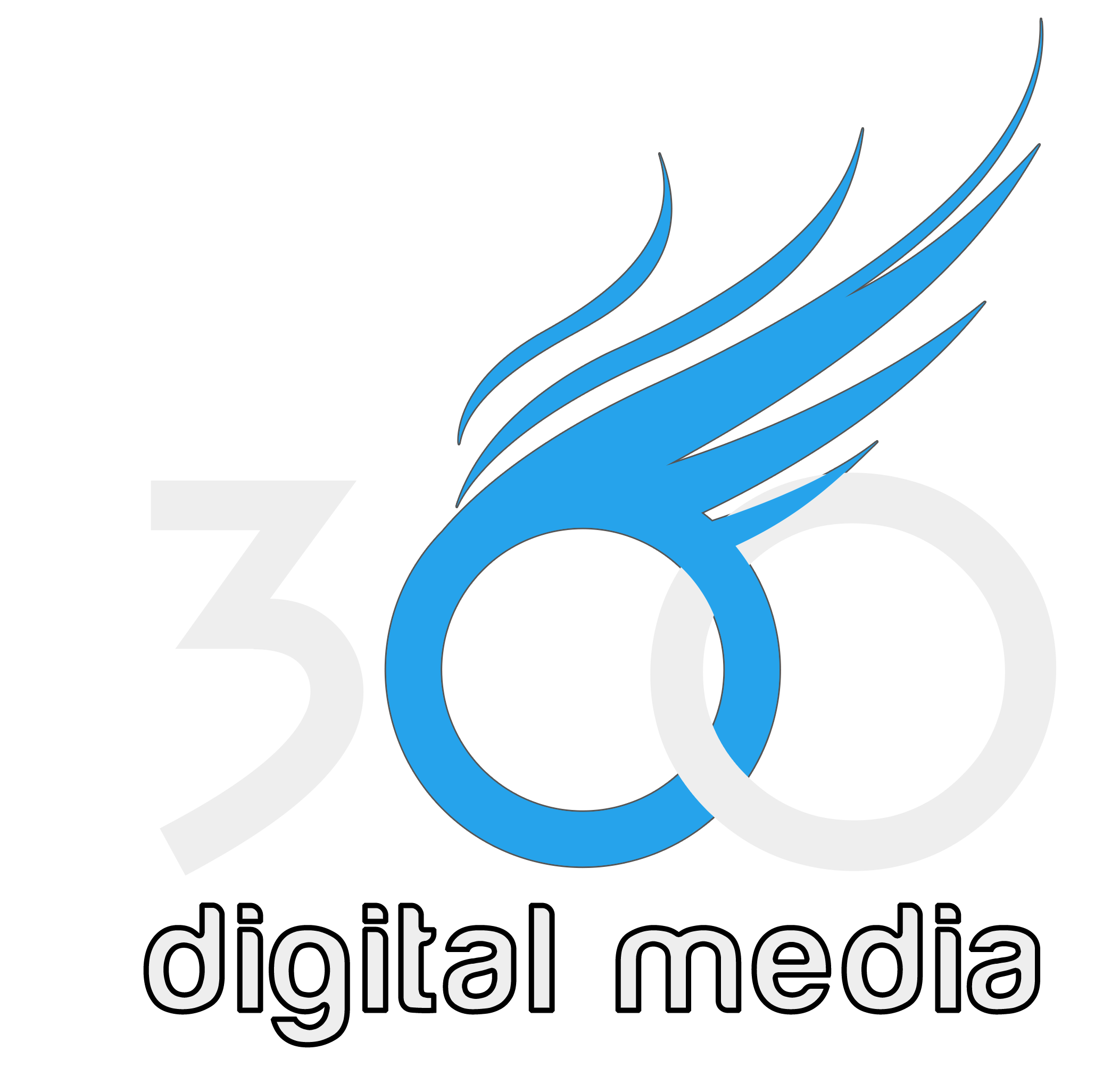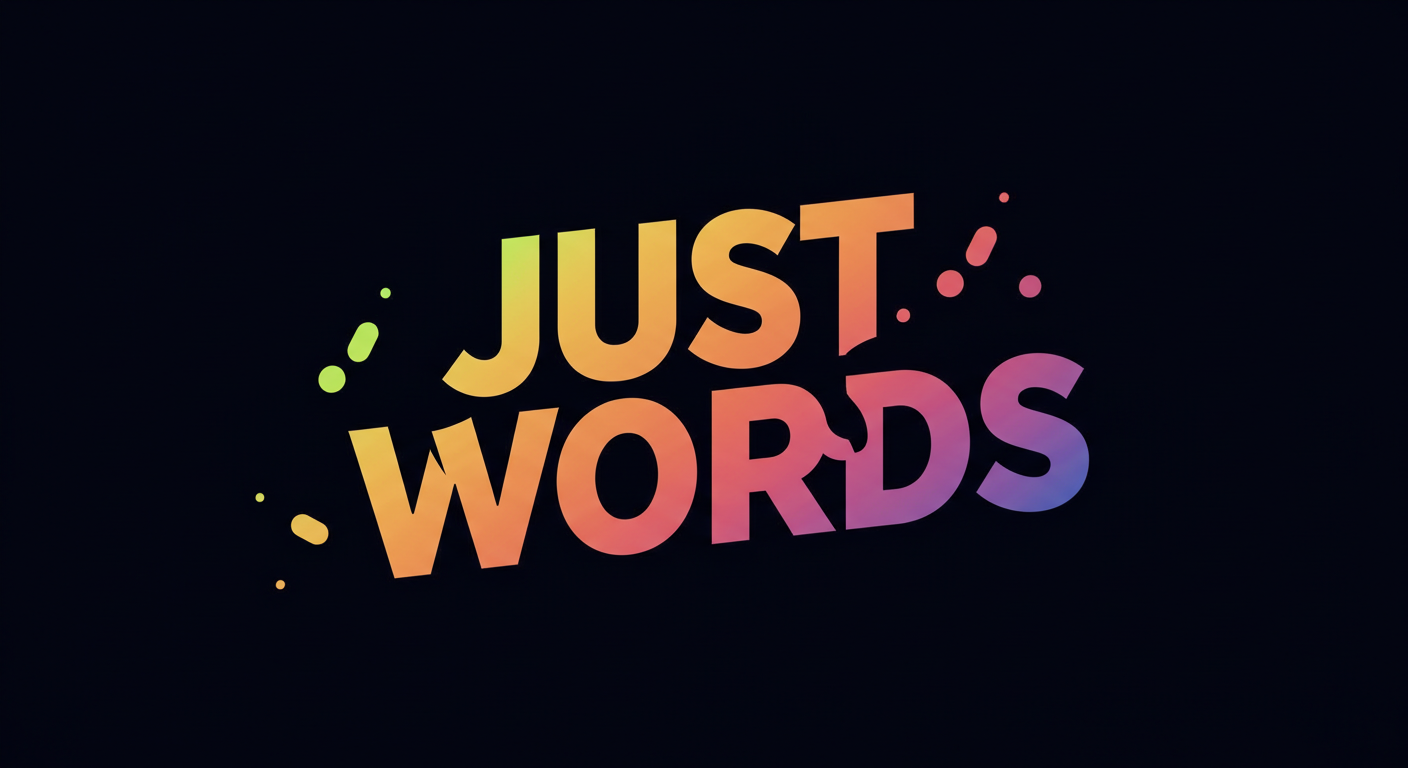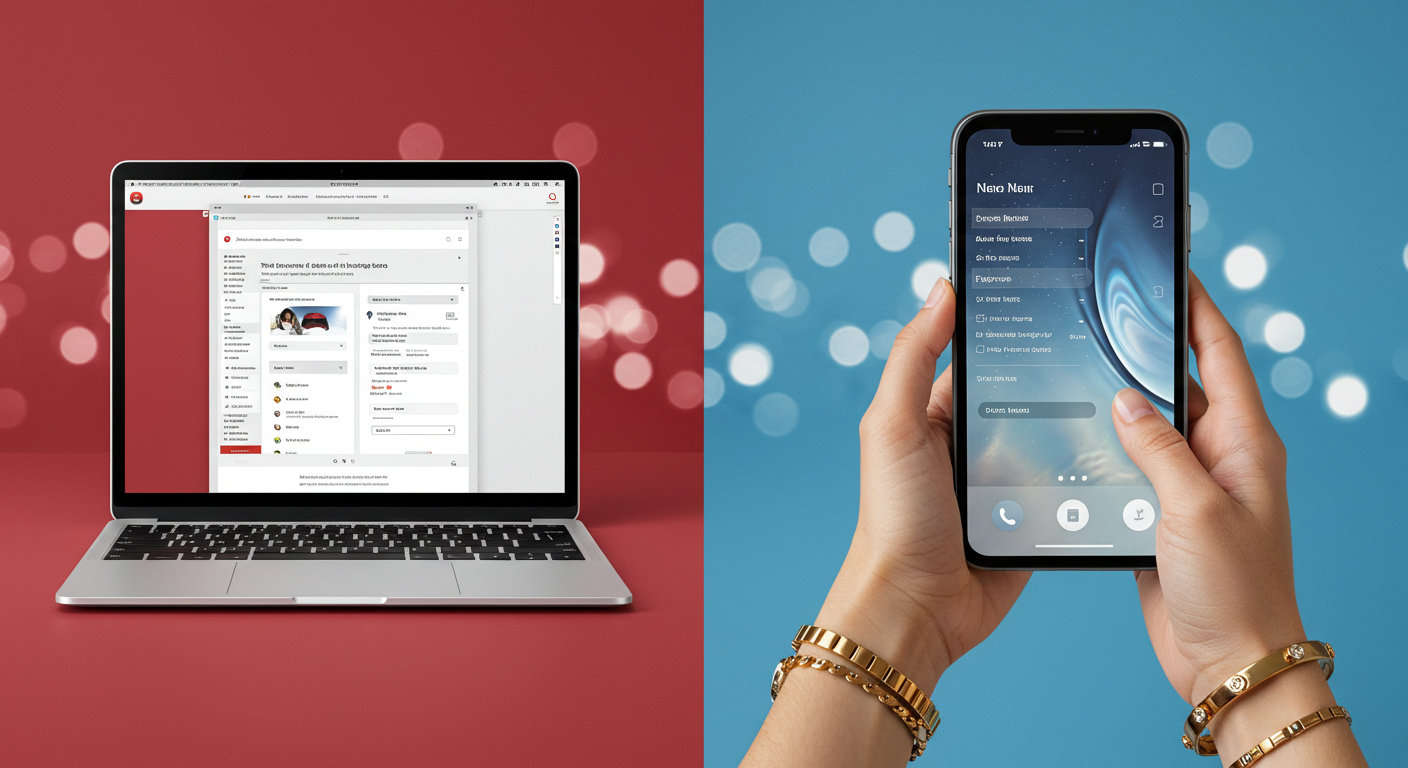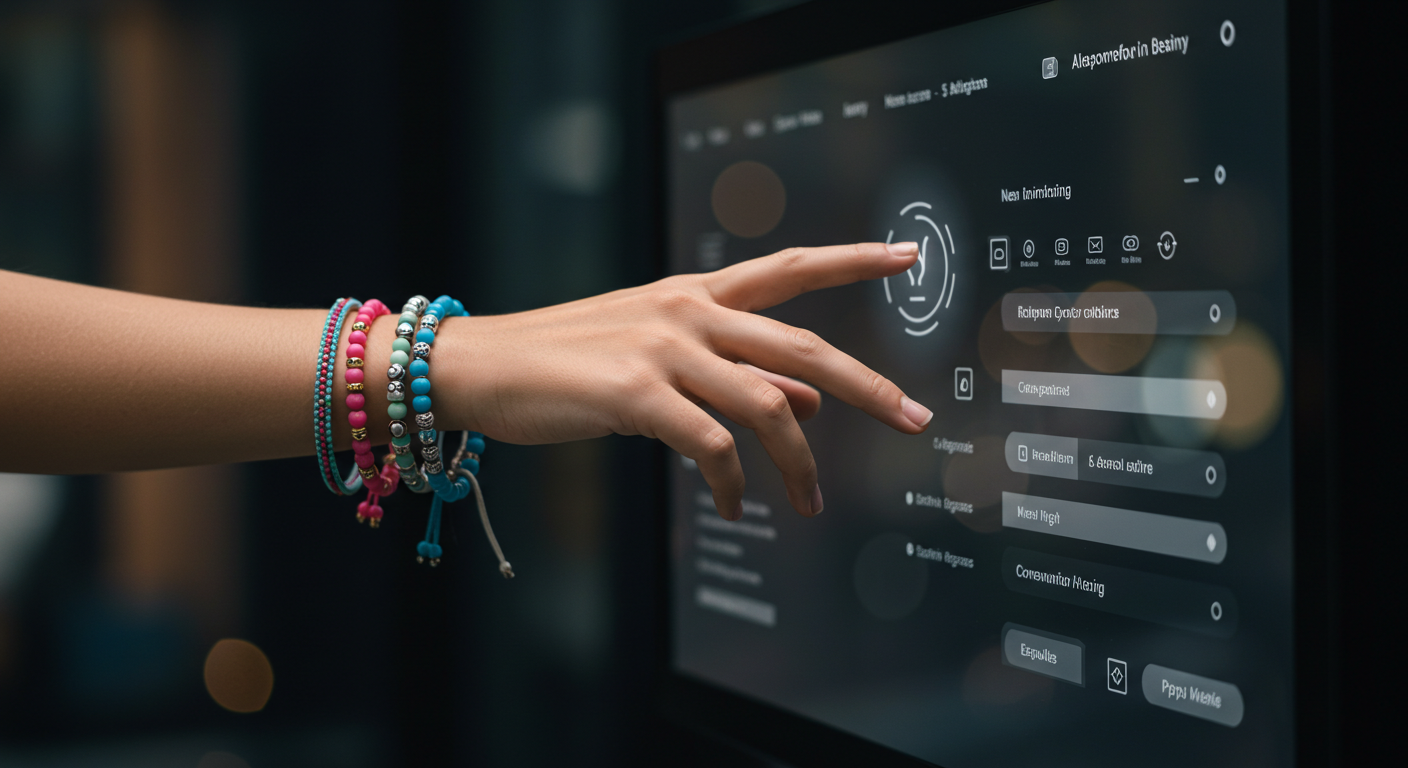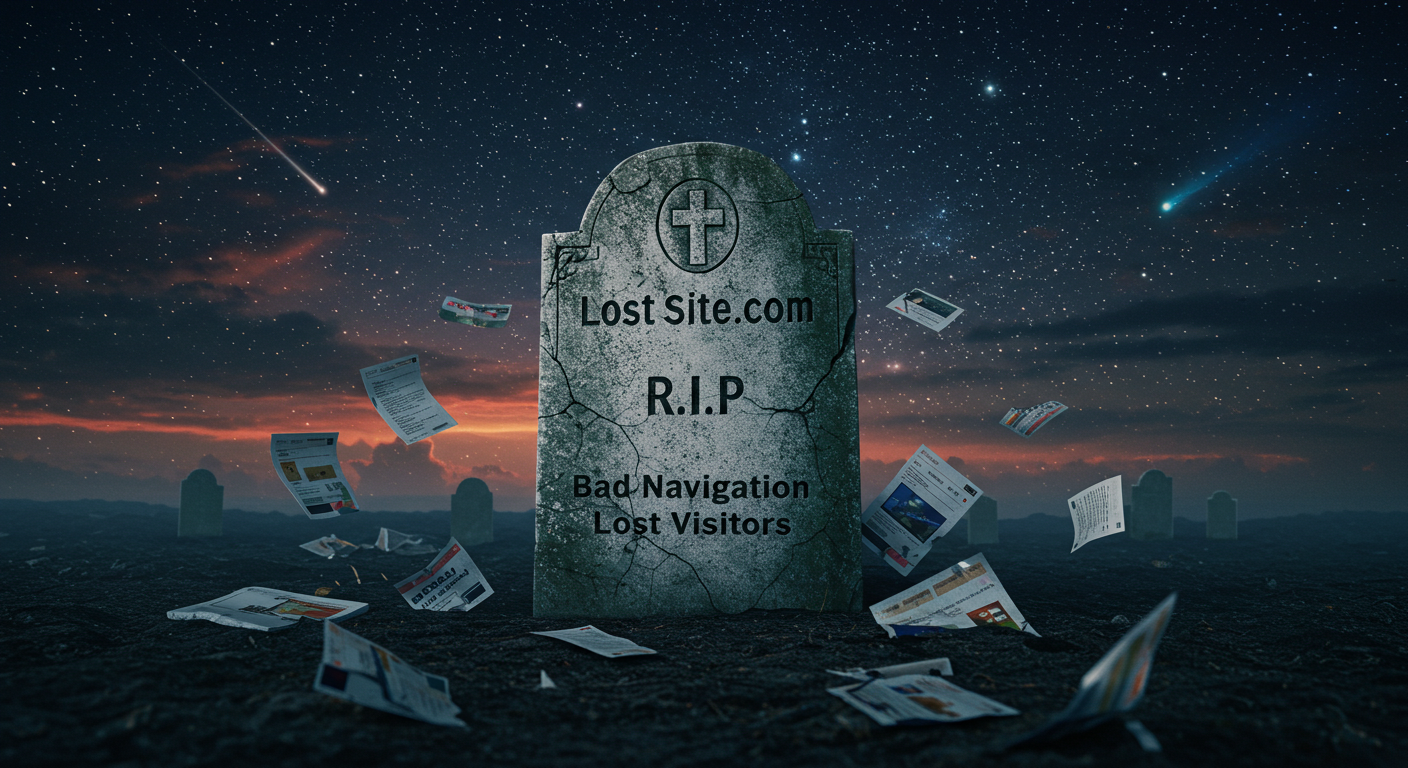More Than Just a Font
Logos get all the glory. They’re flashy, symbolic, and instantly recognizable. But lurking in th.e background—often underestimated—are wordmarks, the unsung heroes of branding.
A wordmark is pure typography, stripped of excess. No icons, no elaborate graphics—just a name, intentionally crafted for recognition and impact. But don’t mistake simplicity for weakness. Some of the world’s most dominant brands rely solely on wordmarks, proving that when executed well, they can be just as powerful—if not more—than traditional logo designs.
Why do wordmarks work? And how can businesses, entrepreneurs, and creators leverage their design potential?
The Utility of Wordmarks
At their core, wordmarks serve two essential functions:
✔They create instant brand recognition through typography, color, and shape. Unlike detailed logos that may struggle in different applications, wordmarks scale effortlessly across digital and print media.
✔For brands that rely on clarity and confidence—think Google, Coca-Cola, or FedEx—a strong wordmark delivers impact without distraction.
When you remove the symbol, the type does all the work. And if that type is crafted with precision, it becomes a visual identity in itself.
The Design Power Behind Wordmarks
Typography isn’t just letters—it’s emotion. Fonts carry personality, whether bold and modern or classic and timeless.
Every aspect of a wordmark contributes to brand perception. Fonts evoke trust, authority, or playfulness. Color choices reinforce memorability, while proper spacing creates balance. Without extra details, people focus on the name, strengthening brand recall.
Think about wordmarks like Dior or IKEA—they don’t need a symbol to be iconic. Their name is the brand.
Best Practices for Crafting a Strong Wordmark
Every detail in a wordmark should be intentional:
Choosing the right typeface—serif vs. sans-serif, custom fonts, and readability matter. Scalability ensures adaptability across web, print, and social media. Spacing, kerning, and alignment impact visibility. A well-crafted wordmark is timeless, not trendy.
Brands like FedEx and Google have remained consistent for years because their typography was built for longevity.
Real-World Examples of Powerful Wordmarks
Some of the most recognizable brands don’t rely on symbols—just typography.
Google, with its clean, modern identity. Coca-Cola, a classic script rooted in nostalgia. FedEx, a simple design with a hidden arrow. IKEA, bold, friendly, and unmistakable. Dior, a luxury brand proving elegance can exist in typography alone.
These brands prove that a name alone—designed with intent—can stand on its own.
The Name Is the Brand
Wordmarks aren’t just typography—they’re a strategic move.
They eliminate clutter, enhance memorability, and prove that branding isn’t about complexity—it’s about clarity.
Before chasing a symbol, consider this: your name might be the only logo you need.
A well-designed wordmark isn’t just a name—it’s a statement. Done right, it becomes the brand itself.
